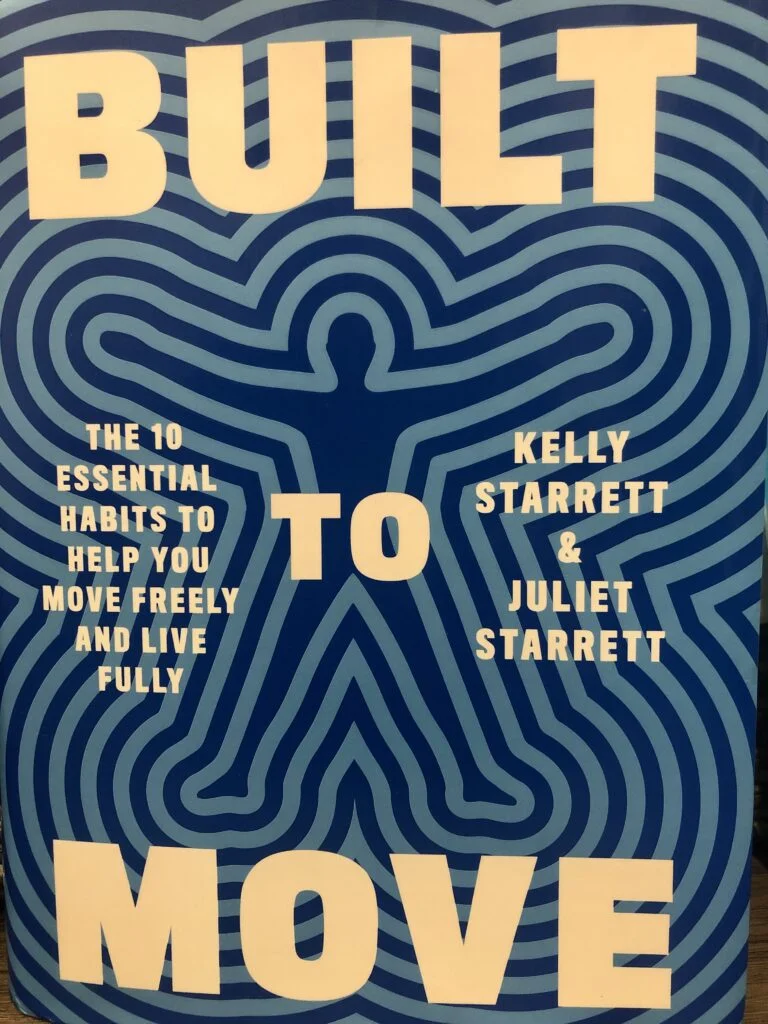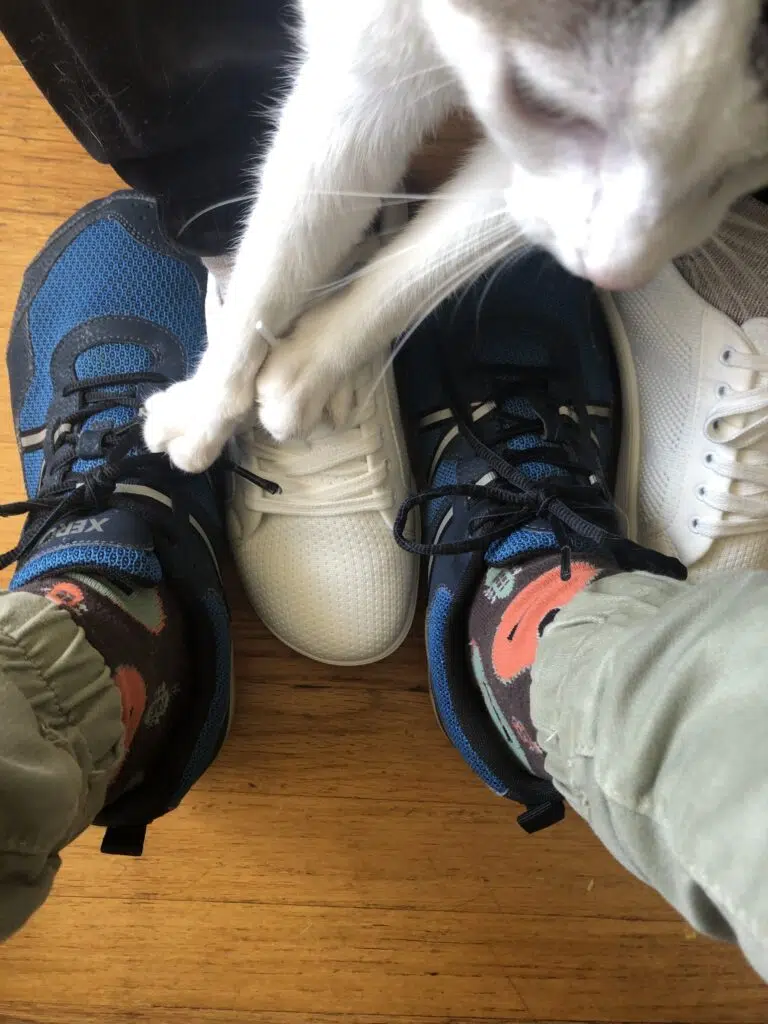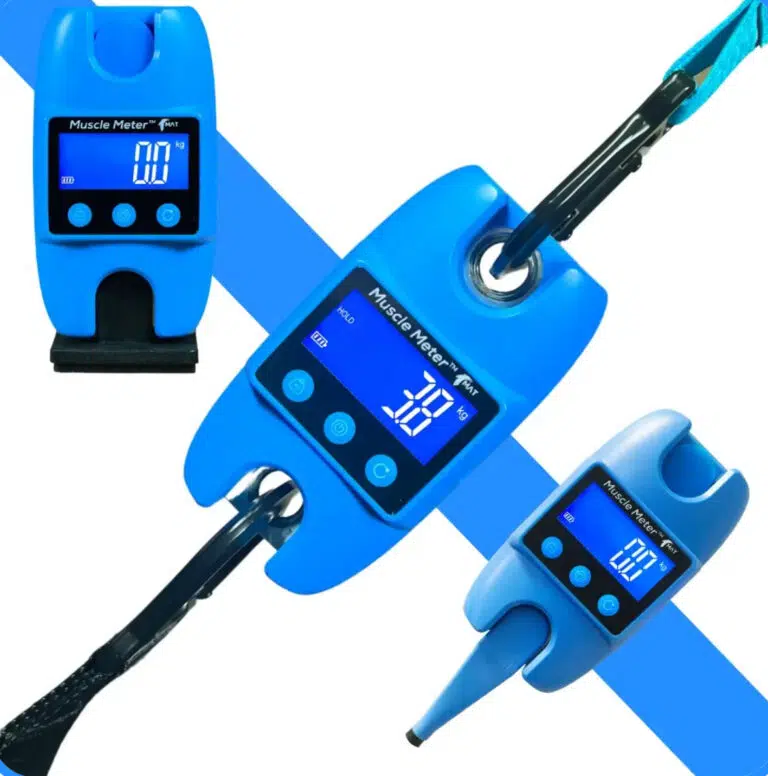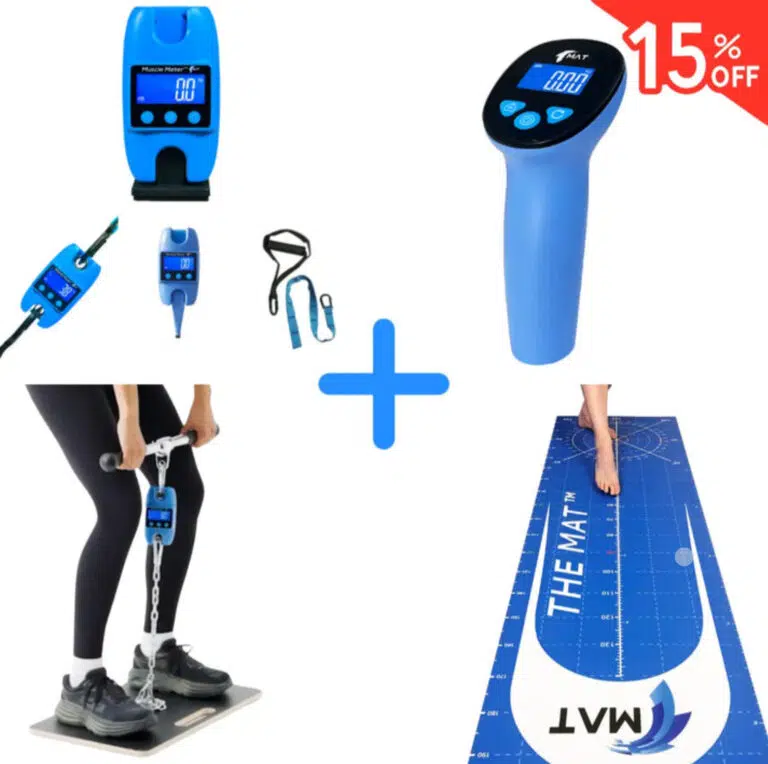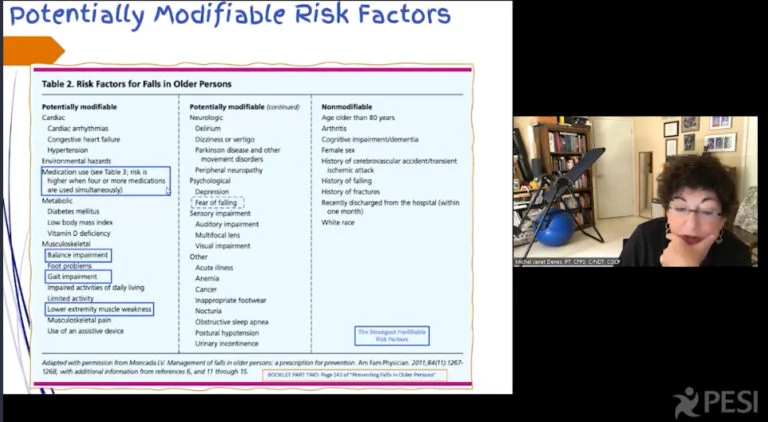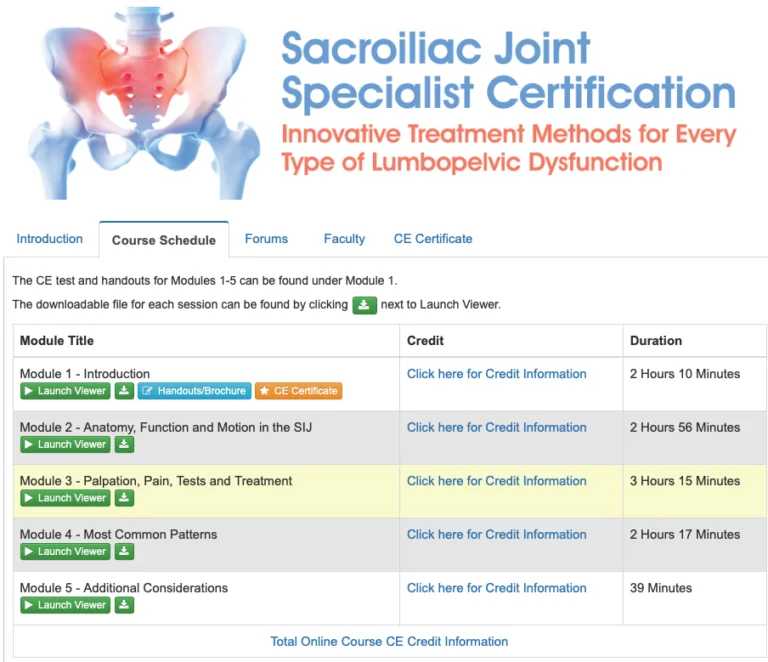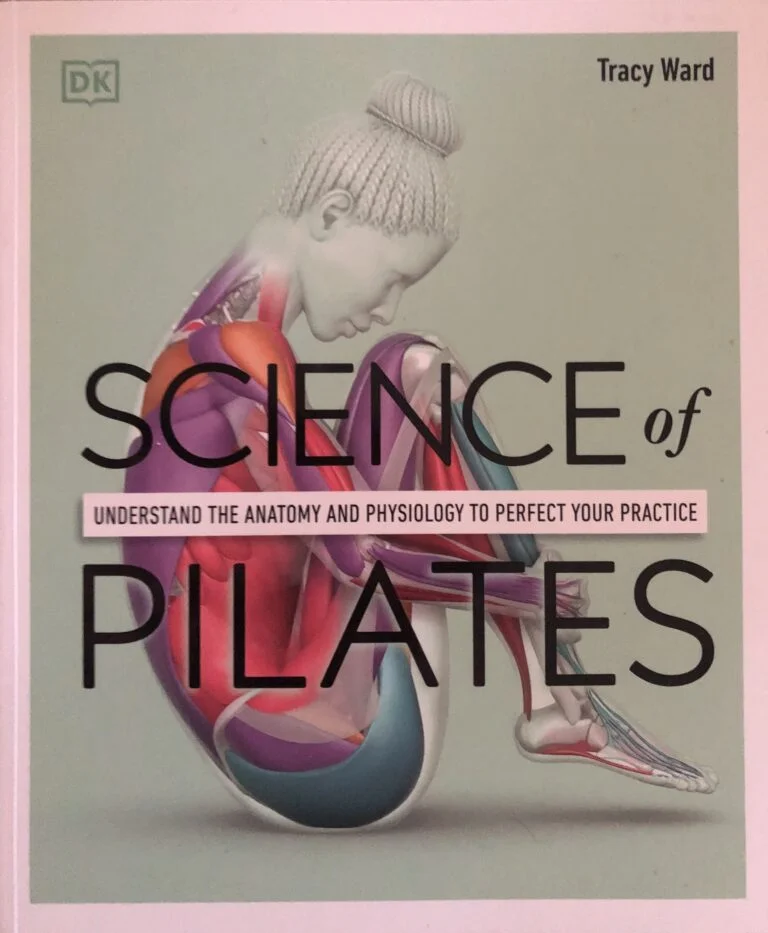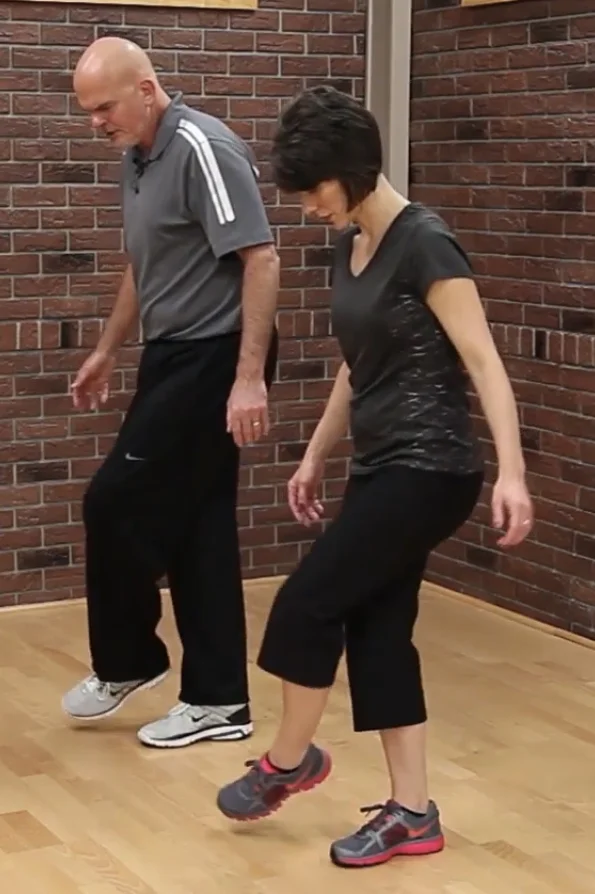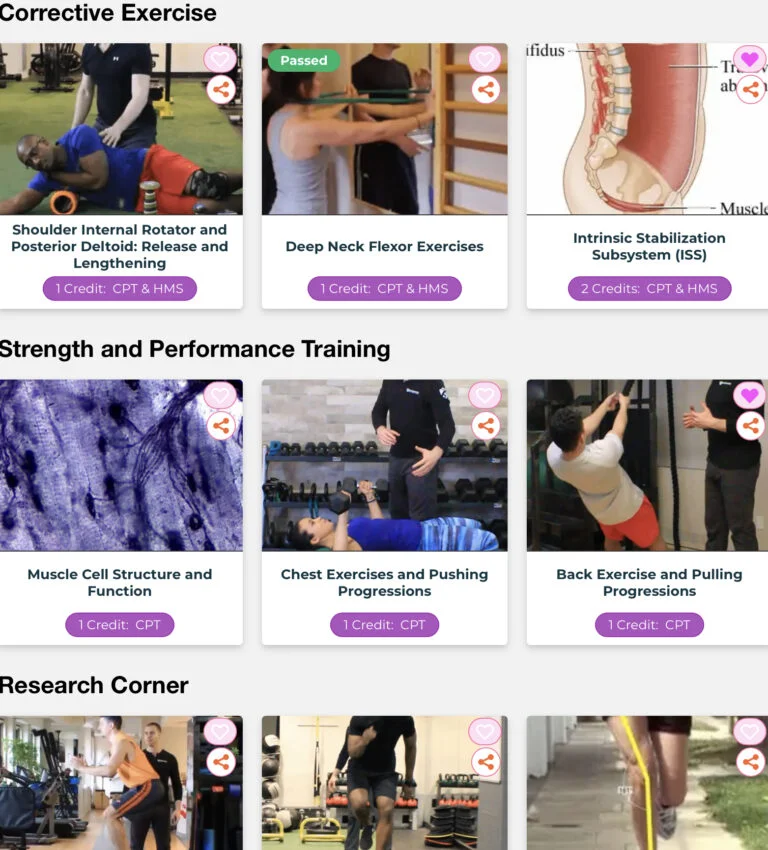This Built to Move review and synopsis covers the much-anticipated health and wellness book by Kelly and Juliet Starrett.
Built to Move: The Ten Essential Habits to Help You Move Freely and Live Fully [paid link] is broken down into ten chapters with specific exercises and relevant background and advice. This focus on specific exercises for specific areas of growth is a real strength of the book.
There are lots of challenges in Built to Move: certainly physical challenges, but also opportunities to reconsider some of your own ideas about fitness, flexibility, and what health is.
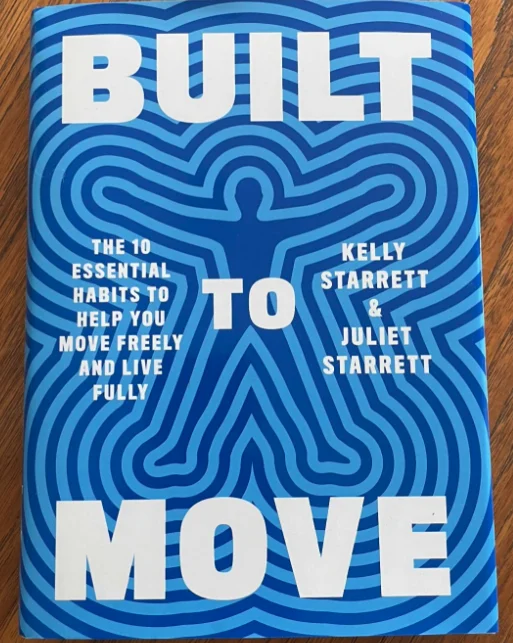
Curious? Good! Let’s get started.
Built to Move Overview
Built to Move is organized into ten chapters. Each chapter has a Vital Sign as a theme, which is an assessment tool. Based on how well you perform on the Vital Sign, you can follow additional exercises or activities.
The book insists that everyone should be working to improve themselves in each of the ten areas. These fundamentals constitute what they call base camp.
The exercises are all oriented toward increasing mobility, which should not be confused with flexibility or strength (although those are components of mobility). Some of the exercises involve dynamic stretching, but there is no real weight training.
One of the authors, Kelly Starrett, is a physical therapist. So Built to Move can share sound principles for movement and health that makes use of the latest research.
The recommended exercises are simple (as opposed to complicated) but not easy. (For example, can you stand on one foot while putting on and tying your shoe? If not, check out chapter 2 below.)
Built to Move provides a 21-day schedule for gradually implementing the ten Vital Moves and recommended activities into your daily life. In all, the activities should take no more that 10 minutes per day.
Get 20% off Erkin Massage Guns
- Best quality, lifetime warranty!
- Preferred by professional athletes and therapists
- Best value: multiple attachments and case
- 20% off: Go to Erkin & use discount code VERSUS20 at checkout!
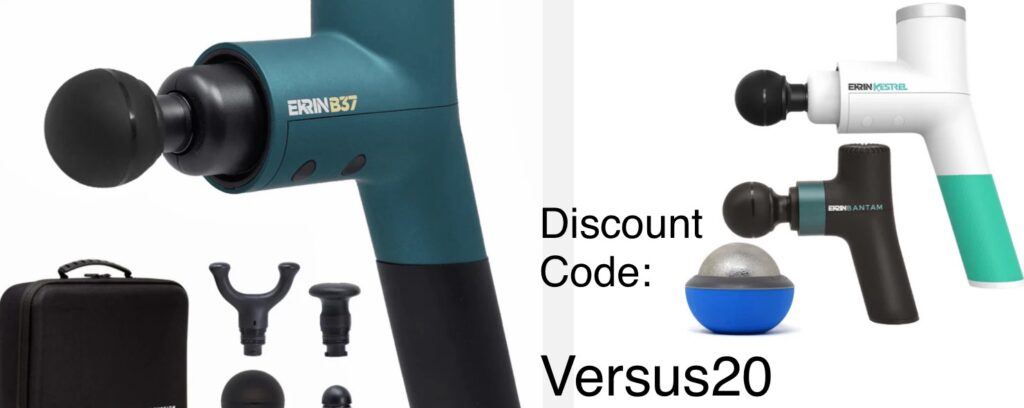
See our review at Massage Guns for Pilates?
Change Your Life through New Habits
No one likes trying to form new habits. But Built to Move has a plan to help you integrate new habits alongside your daily life. They seem inspired by a slew of new publications and research, like James Clear’s Atomic Habits [paid link], that encourage you to modify existing habits rather than trying to quit them all together or introducing something completely new.
Fundamental Theme: Readiness for What Comes
When asked what the point of Pilates is, Joe Pilates replied, “To be ready.”
Similarly, the core goal of Built to Move [paid link] is to be prepared for what life throws at you.

Who are Kelly Starrett and Juliet Starrett?
Kelly and Juliet Starrett, authors of Born to Move, are both fitness experts. They ran a YouTube channel showing what Kelly calls MobilityWODs, and this morphed into fitness company and website The Ready State.
Kelly Starrett is a physical therapist and known as the author of the best-selling Becoming a Supple Leopard: The Ultimate Guide to Resolving Pain, Preventing Injury, and Optimizing Athletic Performance.
Juliet Starrett is a world-class white water rower, attorney, and entrepreneur. The two Starrett’s co-authored Deskbound: Standing Up to a Sitting World.[paid links]
Healthy feet…great price!
- Fast shipping for $3-5
- Great variety
- Long-lasting quality
- Add lace-locks for quick changes

Try minimalist shoes from XeroShoes.com!
Built to Move Versus Pilates & Yoga
Our Built to Move review would be remiss if we didn’t address the book’s comments that are relevant to Pilates and yoga.
The authors don’t have a particular beef with Pilates or yoga. But they do encourage readers to have a realistic view of what either modality can and cannot contribute to your overall health. There are better ways to get cardio and muscle-building exercise, for example, than you’ll find in most Pilates or yoga classes.
Like Scott Hogan writes in Built from Broken (see review) the Starretts are not in favor of passive and long-held stretches to improve flexibility. Instead, they focus on increasing mobility through dynamic exercises and weight training.
(If you’re interested in resistance training, check out our Built from Broken Review and the Comprehensive Guide to the Brookbush Institute CPT (Certified Personal Trainer) Program.)
Built to Move Summary
Our Built to Move [paid link] review finds that the book is well-written and filled with great stories and surprising contemporary research, so it’s definitely worth your time. The book is nearly 300 pages, so it’s not exactly a quick read.
We’ll give you a chapter-by-chapter synopsis of Built to Move’s major take-aways.
Healthy feet…great price!
- Fast shipping for $3-5
- Great variety
- Long-lasting quality
- Add lace-locks for quick changes

Try minimalist shoes from XeroShoes.com!
Introduction
Built to Move starts out strong and clear with a slap in the face: whatever modality you practice – Pilates, yoga, weight-lifting, running, etc. – it’s not enough. What we need is a “rewilding’ of the body that respects the movements fundamental to being a human animal (p. 11). The introduce the concept of fundamental Vital Signs that constitute base camp: the fundamental training you need to be prepared to go out into the world.
1. Getting Up and Down Off the Floor
We start from the bottom, but not for long. The first chapter’s exercise is a challenge for many: going from sitting on the floor to standing using no hands. The chapter includes many progressions and modifications for those with conditions that make this action difficult. Still, they consider it a benchmark of mobility.
2. Breathe Easy
If you thought that was the hard part, don’t hold your breath. Actually, do, because that’s your next challenge.
The chapter makes a good case for nose-breathing and consideration of how posture affects breathing. The Vital Sign is holding your breath for a period of time, and there are activities involving increasing nasal breathing and mobilizing the rib cage to facilitate breathing. More attention to the mental benefits of mindful breathing could be included.
3. Extend Your Hips
This chapter had me jumping up and down, though not in the sense of mobility. On the positive end, it’s great to see focus on increased hip extension and glute activity. And there’s attention to a great study on the benefits of 15 minutes of isometric contractions.
My concern is that the progressions to the Vital Sign probably aren’t available to many (and ankle impingement isn’t really addressed). Curiously, almost no mention of activating and strengthening hamstrings.
Some of the exercises need better explanations, and the illustrations leave something to be desired. Most of the exercises, however, are good for increasing hip extension (though the help of a fitness professional is beneficial). An exception might be made for the suggestion of using a foam roller(or substituting that with a wine bottle (wuhhh!!??)) on the thigh. I’d really recommend the hip opening exercises provided in the Gray Institute’s CAFS program over foam rolling the quads to increase hip extension.
4. Walk This Way
Walking is a fundamental component of being a biped, but this movement is reduced to an unhealthy amount for most people. Built to Move provides many tips for how you can put more steps into your day. They also make a great case for getting in even a short walk to increase creativity and productivity. This is an easy habit to build in that can have a lasting effect on overall health. We loved their inclusion of the Walking School Bus, which helps kids get in some important steps before and after school.
5. Future-Proof Your Neck and Shoulders
Our Built to Move review gives a big thumbs up for the section on the neck and shoulders. Grouping these together makes sense, as many “neck” problems are rooted in scapula and collar bone. We love the case for trapezius strengthening and building a habit of short exercises during the day. And big thanks for challenging instructors to get out of the “shoulder blades back and down” (p. 143) mentality and encouraging shoulder blades to actually move!
If you’re interested in this topic, be sure to check out our article, Can Pilates Help Tech Neck?
6. Eat Like You’re Going to Live Forever
Eating habits are probably our hardest habits to change. One great thing about this chapter is its focus more on what to eat rather (micronutrients and proteins) than what not to eat. Solid advice based on nutritionists’ studies (primarily Catherine Shanahan’s Deep Nutrition: Why Your Genes Need Traditional Food) with doable protocols. There’s very balanced advice on different dieting systems and different methods for testing your dietary suppleness.
7. Squat!
The Starretts love squatting as much as they hate sitting, and with good reason! Squatting is a great mobility exercise that guards against knee, hip, and lower back pain. Again, some great modifications here for those who have difficulty squatting.
8. Find Your Balance
Having optimal balance isn’t just for yogis and ballet dancers. Falling is a major cause of injury for seniors, and our increasingly sedentary lifestyle is producing poor balance among younger populations too. There’s clinical evidence that poor neck mobility often causes falls in seniors (where the eyes go, the body follows), so chapter 5 is also relevant here.
9. Create a Movement-Rich Environment
Rather than forcing yourself to exercise or (gasp!) take walks, how much movement can you put into your home or office? This chapter is packed with great ways to do that.
Check out our page on Great Pilates Gifts for some items you can use at your home or office to trick yourself into moving more.
10. Unleash Your Superpower: Sleep
Sleep isn’t just great…it’s also amazingly productive. Your body goes into an essential restorative mode while your brain organizes its daily feed.
Making It All Work
As you’re reading this Built to Move review, you may be wondering, “How can I possibly fit in all these exercises? Well, Built to Move concludes with a very doable 21-day program for gradually incorporating each of the Vital Signs and the relevant exercises. The goal is to be able to perform you Sign and exercises within ten minutes a day.
Every day.
The goal of Built to Move is to prepare you for a long, full life. And that preparation needs to become a way of life for you. Every day.
Born to Move Review: Glows & Grows
This is where our Born to Move review mentions areas where the book shines (Glows) and areas for improvement (Grows).
Glows
The book is incredibly well organized. Within the 10 chapters, you are able to address major movements that can greatly increase your mobility for the long haul. Chapters have good flow and refer to each other when necessary.
Good use of research and experience. The authors make use of the many recent studies and have knowledge of the relevant literature. They also draw from Kelly’s clinical experience as a physical therapist and their shared experience as athletes and fitness professionals.
Accessible book for any non-disabled person with decent mobility. They have what may seem like high goals (for example, standing from the floor without using your hands), but this is a great plan for better health and increased mobility. You can recommend it to clients and discuss exercises with them.
Great bibliography of contemporary studies. Our Built from Broken review appreciates the approachability of the book. And for those who want to dive deeper into the science, there’s a great list of resources for further reading for each chapter.
Grows
Who is this book not for? There are very few contra-indications, but some of the exercises are not ideal for, say, someone who’s had knee replacement surgery. And in that case, there need to be more specific alternatives.
Some of the exercises need more explanation. What is really involved in squeezing the glutes,” for example? Is this an isometric contraction, or am I driving the hips forward?
Illustrations aren’t great and are sparse. There is usually only one image per exercise. Sometimes the limited color palette makes it difficult to decipher the action. Rarely do you have images to accompany anatomy descriptions.
A bit wordy. Personally, I could have done with fewer stories and more discussion of recent research and helpful images.
Built to Move Review: Conclusion
Our Built to Move [paid link] review concludes that this is an excellent book for many people. You might consider yourself in great health, but only be performing eight of the ten Vital Signs effectively. (Guilty!) The Vital Signs touch on many aspects of life – sleep, eating, exercise, mobility, breathing, etc. – and so working them into your daily routine can make holistic improvement.
If you’re not in great shape, there are several progressions that can give you a toe in. Some exercises could be explained a little better, so you might want a fitness expert to coach you through performing them.
Built to Move is book you can recommend to your clients. Regardless of what industry you’re in, you only have so much time with your clients. If they’re going to improve and maintain complete health, they need to build habits to sustain them when they’re not under your eye. The insistence on forming health-promoting habits is an invaluable asset of Built to Move.
Get 20% off Erkin Massage Guns
- Best quality, lifetime warranty!
- Preferred by professional athletes and therapists
- Best value: multiple attachments and case
- 20% off: Go to Erkin & use discount code VERSUS20 at checkout!

See our review at Massage Guns for Pilates?
As an Amazon Associate I earn from qualifying purchases.
